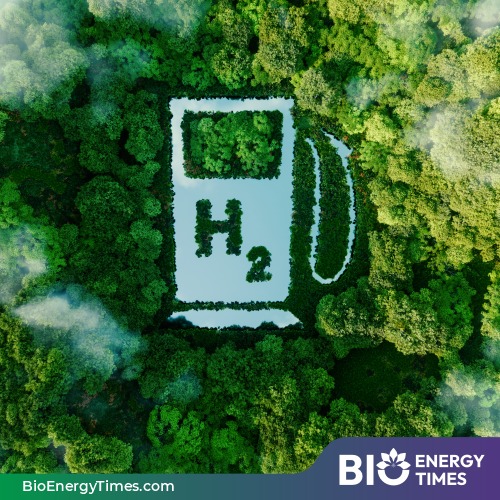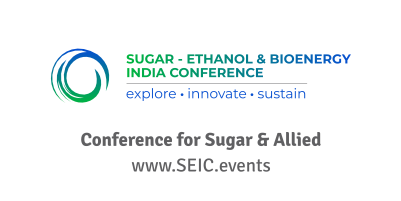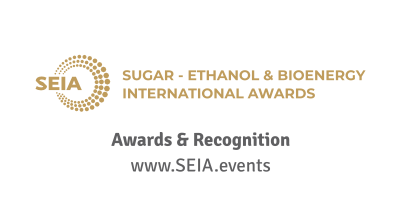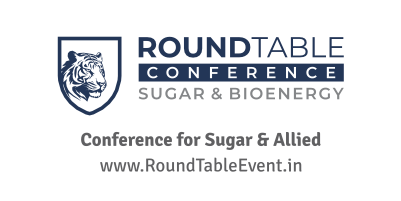A groundbreaking process developed at the University of Johannesburg could transform how green hydrogen is produced from sugarcane waste, offering a cleaner and more efficient alternative to conventional methods. According to a simulation study using the Sorption-Enhanced Chemical Looping Gasification (SECLG) method, this new approach significantly boosts hydrogen yield while slashing unwanted by-products, reports Innovation News Network.
The SECLG process was modelled and simulated by Professor Bilainu Oboirien and Master’s student Lebohang Gerald Motsoeneng. Their findings show a remarkable improvement over traditional biomass gasification techniques, which are typically inefficient, produce excessive tar, and lack built-in carbon capture.
“Current large-scale biomass gasification plants generate hydrogen in the range of 10–35%, but they also release high amounts of carbon dioxide, carbon monoxide, nitrogen, and up to 100 grams of tar per cubic meter of gas,” explained Professor Oboirien. “That tar content alone drives up costs, as it requires expensive cleaning equipment.”
In contrast, their simulation of the SECLG process delivered hydrogen yields of 62–69%, with tar concentrations of less than 1 gram per cubic meter and carbon dioxide levels also below 1%. Nitrogen dilution was also kept under 5%, resulting in a much cleaner output and lower purification costs for industrial use.
The research used Aspen Plus software to simulate the process at lab scale, comparing two types of metal oxides as oxygen carriers—key to driving the reaction and enabling continuous carbon capture. SECLG operates in a loop, with metal oxides and sorbents recycled through multiple heating and reaction cycles at around 600°C and a pressure of 5 bar.
While promising, the process still needs further development before it can be scaled up. The model currently does not account for degradation of the metal oxides and sorbents over time, nor does it simulate the handling of ash and char by-products. These are critical considerations for building a full-scale SECLG system.
“We are now working on experimental proof of concept at laboratory scale,” said Oboirien. “Our goal is to validate the model’s predictions with real data and move closer to practical applications.”
If successfully scaled, the SECLG process could help decarbonize heavy industries like steel and cement, offering a cost-effective route to producing green hydrogen from agricultural waste such as bagasse—what’s left after sugarcane is crushed. It also supports carbon capture within the system itself, a crucial component in the global effort to cut industrial emissions.
Oboirien stressed the importance of investment and industry partnerships to advance the technology further: “To realise the potential of SECLG for green hydrogen, we need infrastructure, funding, and collaboration across sectors.”














